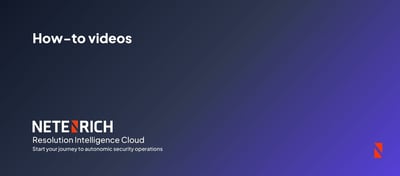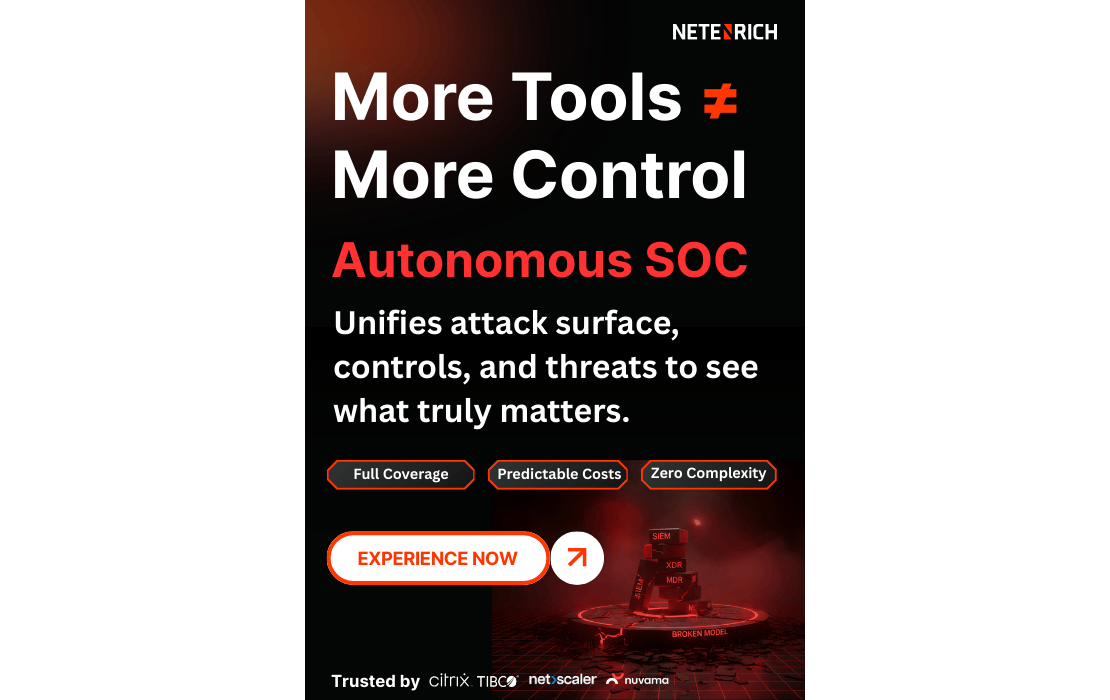What is Attack Surface Management?
According to the National Institute of Standards and Technology (NIST), an organization’s attack surface is “the set of points on the boundary of a system, a system element, or an environment where an attacker can try to enter, cause an effect on, or extract data from.” With the ongoing shift toward digital transformation, however, the attack surface is growing immensely. In fact, so much so that security teams can struggle to map its exact size, let alone defend across it completely.
Attack surface management (ASM) is about how organizations can proactively identify, address, and minimize potential vulnerabilities across their entire digital infrastructure. ASM is a continuous process and can involve everything from monitoring network traffic and identifying possible entry points for attackers to ensuring that all software and hardware components are current and properly configured. By understanding potential vulnerabilities, organizations can take proactive measures to strengthen their defenses and reduce the risk of a successful attack. This includes implementing security patches, conducting regular vulnerability assessments, and monitoring the system for any suspicious activity.
In Netenrich
An attack surface management solution must be dynamic, agile, automated, and continuous. Using Resolution Intelligence Cloud, organizations can apply ASM strategies and leverage threat research for more proactive identification and remediation of vulnerabilities on key assets. To begin, the platform makes it easy to visualize external risk exposure and severity in one place. The platform’s Attack Surface Exposure (ASE) and Attack Surface Intelligence (ASI) capabilities make discovered vulnerabilities actionable with threat correlation, context, and prioritization to accelerate remediation and address the most critical exposures before damage occurs. Moreover, with Netenrich’s Knowledge Now (KNOW), a free AI-based threat intelligence news aggregator, companies can see and get broader and deeper context on the most relevant threats to them and their industry — at no cost.


